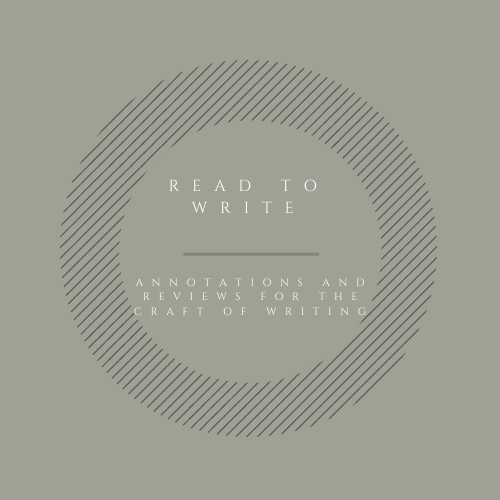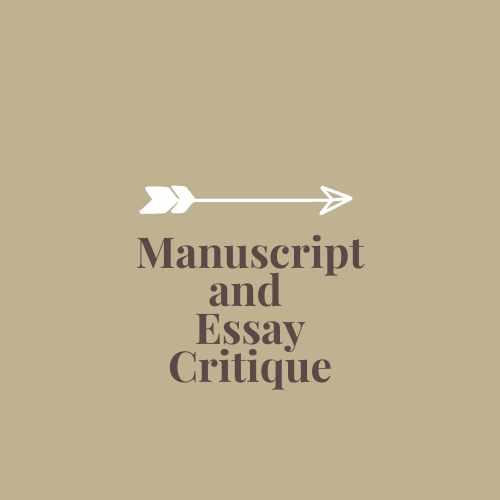“Nobody writes about [junior high],” Barbara Holland’s says in her book, When All The World Was Young. “Everyone’s trying to forget.” (164) I think most people agree that we’d just as soon have a root canal without Novocain then go through junior high again. However, Holland takes up two chapters in her memoir not only helping us remember, but showing us how to write the beast that is junior high.
Holland writes about a girl who smashed a favorite pen of hers. The girl’s name was Kitty and she was the most popular girl in school. As for Holland, “[She] didn’t know how to go about getting [friends].” Kitty and Holland sit next to each other in class, and this is where Kitty takes Holland’s pen and smashes it. (164) Right away Holland’s set up the classic junior high scenario: a popular girl with a stupid name, a loner who doesn’t seem to know how to make friends, a bully of a deed.
In any other grade, in any other situation, this behavior would baffle others, but Holland explores how junior high is a place where this kind of stuff happens. First of all, she wonders why she couldn’t say no to Kitty when she requested Holland’s pen. “How does one learn to say no?” (164) It’s been years since I taught middle school and decades since I was a junior high student, and I can still see myself in Holland’s seat, knowing I should say no, but handing my pen over to the popular girl.
What makes the situation more painful is that this pen was Holland’s favorite pen and somehow Kitty knew this; another curiosity regarding how Queen Bees gain their power. How do girls who never say a word to you they know everything about you?
Nevertheless, Holland’s “Esterbrook with a wide nib,” the pen that made a “slash of a miniature sword,” that “liked manly ink, never girlish blue,” (165) was demolished by Kitty.
Holland shows how awful junior high is for teachers, too. Some think you’d have to be crazy to teach that age, and Miss Stein, Holland’s seventh grade homeroom teacher, sounds like she was. “[She] told us in the beginning, freely and frankly, that she had been in a mental institution, and then released on compassionate grounds as the sole support of her brother, who was apparently in worse shape then she was…” (166) Miss Stein also only had one dress that she never cleaned. So she smelled, and was crazy. The principal at Holland’s school told the class to show Miss Stein some compassion. Holland’s response to this request is spot on: “Never, never ask the seventh grade for compassion.” (166)
Seventh grade is the worst of all the junior high years, both for kids and for teachers. Once, in between classes, through a series of unfortunate events, I scratched my face while I was adjusting the overhead projector. I was bleeding so I ran to the bathroom across from my classroom to get some tissue. Some of my students saw me running with my hand to my face and, like vultures, slowly but efficiently going in for the kill, cornered me in the bathroom. They circled me as I dabbed tissue on my face. We stared at out reflections through the fluorescent yet murky light.
“Mrs. Feyen,” one cooed while the others smirked lively. “Are you crying?”
Her execution of the word “crying” told me that it didn’t matter what I said next. These girls saw Mrs. Feyen dabbing wet paper on her cheek, just underneath her eye. It wouldn’t matter if I revealed the blood on the tissue or my cheek. Mrs. Feyen was crying in the bathroom. That would be the truth of the day.
I don’t have much in common with Miss Stein (I hope) but what Holland is showing here is that seventh graders show no mercy. Ever. They will take any weakness – true or not – and devour you with it, which is what they do to Miss Stein. For Christmas, Holland writes that “the bad boys,” gave her air freshener for a present. They wrapped it up and she cried because she thought they were being sweet. When she realized that they were actually telling her she smelled terrible, “she cried so hard she had to leave the room, after which the bad boys organized a fist – fight and a desk got broken.” (166)
For two chapters, Holland writes about these years, and in the first chapter, where she writes about Kitty and Miss Stein, the writing feels like junior high: erratic, and crazy. Through her writing, Holland helps us remember how these years feel. However, she closes her first chapter, “The Long Dark Night Of Junior High,” with this sentence: “In the flick of a moment I was saved,” (174) and she introduces us to Gloria, her friend. When Gloria is introduced, and Holland starts the second chapter, “From Which I Am Rescued In The Nick Of Time,” her writing feels as though the story begins to settle down. We can take a breath, which sometimes happens in junior high. Sometimes.
Gloria and Holland, though physically very different looking (Holland not only bit her nails, but gnawed at her fingers, and Gloria’s fingers were long and slim with nicely shaped oval nails), both were “wolfishly hungry to learn and know and swallow and digest the whole world.” (178)
They were both avid readers and they loved to explore Washington DC. “Gloria’s father belonged to the National Geographic Society and we were allowed to go downtown alone at night to its programs in Constitution Hall.” (180) They went to the National Gallery of Art, the symphony, they memorized Shakespeare after seeing Henry V at the Hiser Theatre.
Perhaps we don’t want to remember our junior high school years, but by remembering, and writing about them, Holland shows us some of the good that can come out of that terrible time. “Rejected by our peers from the start, Gloria and I went on our merry way.” (186)
The girl who asked if I was crying in the bathroom while her friends hungrily stood by like wolves, was also the one who sobbed at the end of Walk Two Moons because the grandma dies and she missed her own grandmother. A friend who once told me randomly one day she hated me and caused me a summer plus a few first weeks of sixth grade filled with tears and pain, found out that same summer her parents were divorcing. And like Holland’s Washington DC and Gloria, I had Chicago and eventually Celena, as a back drop for all of it.
I can’t say that I enjoy remembering my junior high years, but it seems I end up writing about them quite a bit. Holland has given me a framework for how to do it.
Share your stories with me. I’d love to read them.
When Callie Feyen walks beside you on your writing journey you are joined by someone who prayerfully and masterfully brings out the best in your work. She knows what questions to ask and she knows what words to share to inspire. Most importantly, Callie knows that stories matter. And she then guides you through the work to believe in your own stories. – Kimberly Knowle-Zeller



Leave a Reply